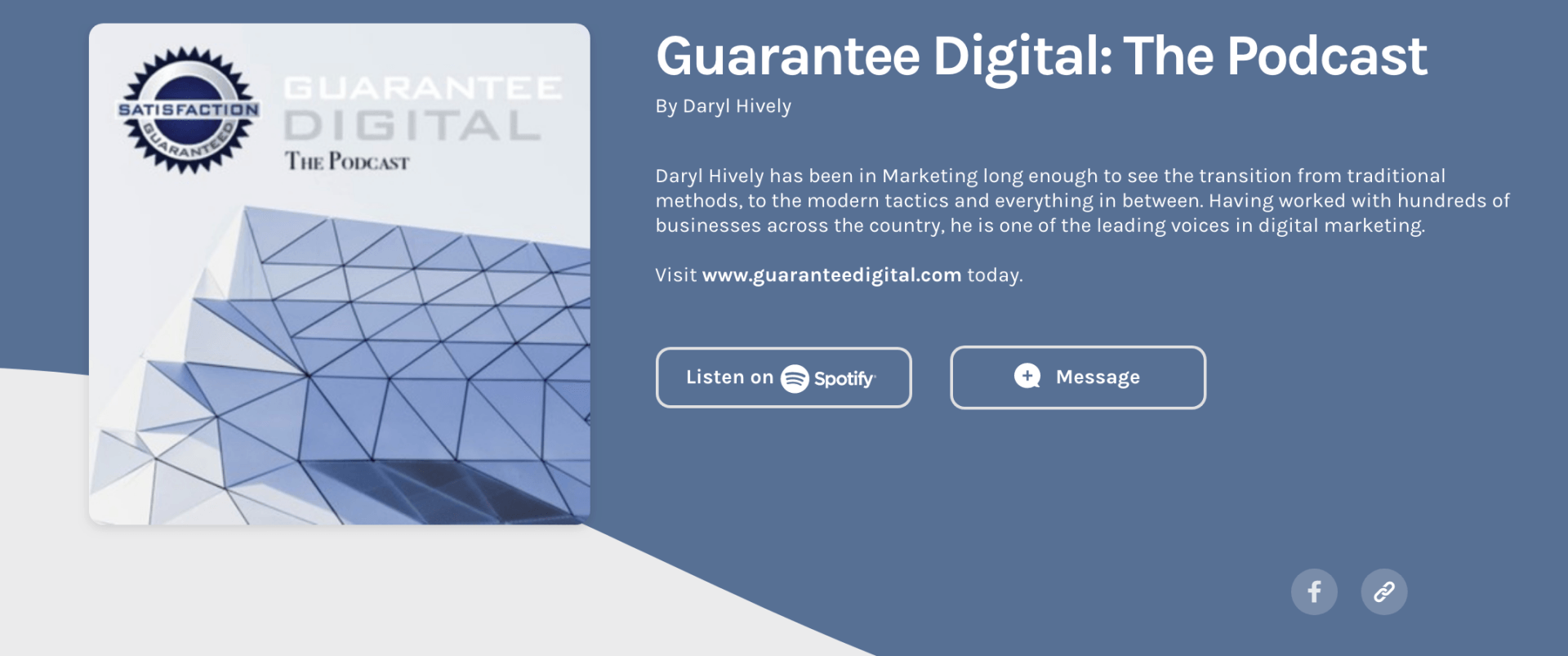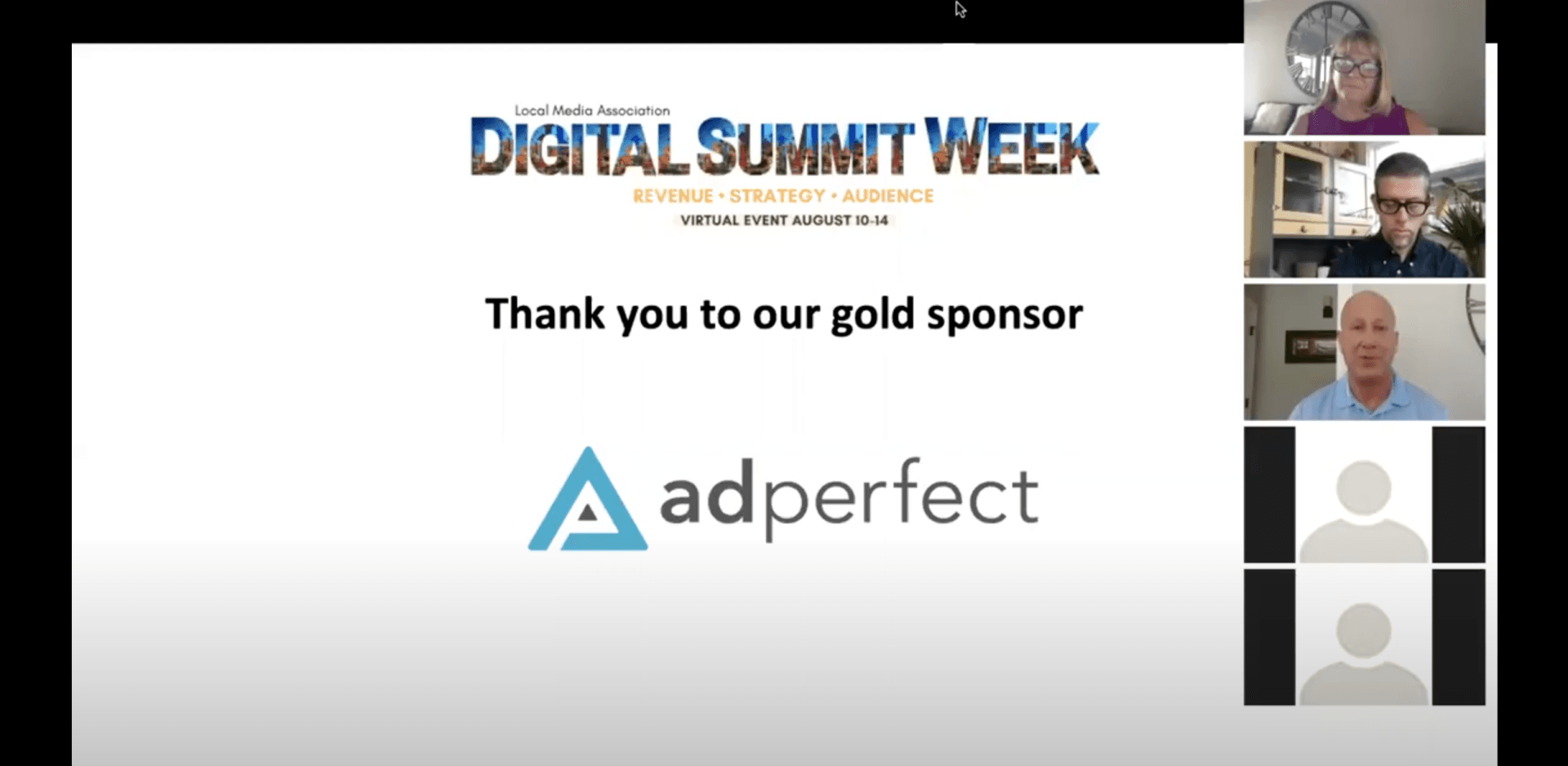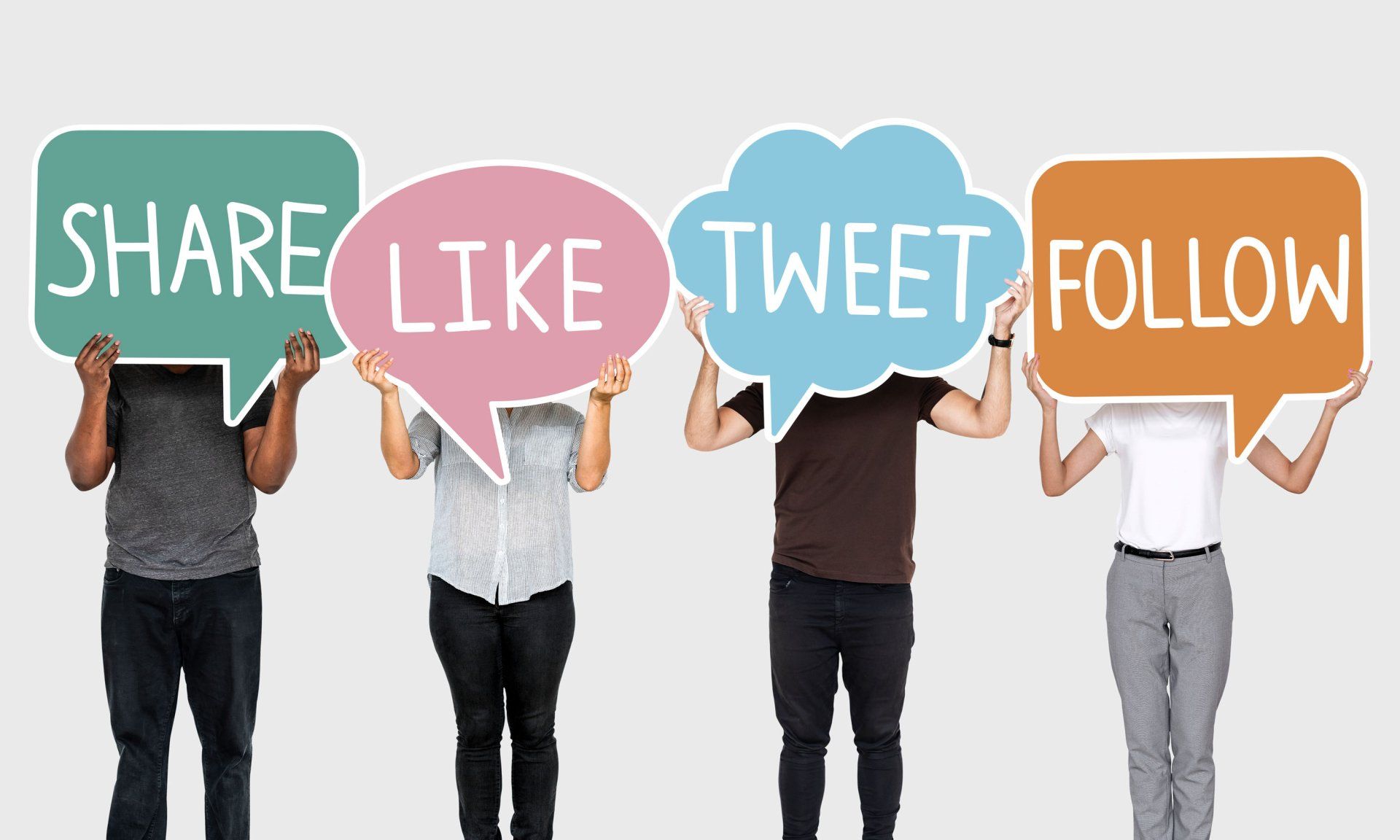News Consumption in Social Media
Social media is not just a source of status updates on the latest issues and affairs, but nowadays it is also a mostly reliable source of news. Actually, 68% of American adults say that they now get at least some news coverage from social media. Social media is one of the main platforms how people get their news content. But this does not mean that people are not also becoming more skeptical – 57% of social media news consumers now also believe the information that they see on social media is ‘largely inaccurate’.
This is the dilemma with social media news – although some of the information is ‘inaccurate’, it seems to still help provide information and everyone is ok forming their opinions this way. So even is a report or article is not 100% right, even the smallest amount of truth is enough to guide decisions. This is a concerning trend.
Serious news is replaced with the Viral and Trendy news
With unlimited access to news, people have to find a way to process the information. With many sources online, there has been a decrease in how much of editorials and commentaries are read. Most just scroll through their newsfeed and only stop to look at topics that are relevant to their current situation. Not only that, they prefer to watch short video clips that provide main headlines and brief conclusions. According to general statistics, an average visitor will only read an article for 15 seconds or less and spare 10 seconds video watch time online.
The success of social media reach is mainly due to algorithms that match interests and likes with user feeds. So when it comes to news, social media platforms feed more and more content that aligns with the interests and views of the individual. This creates a damaging bias when it comes to understanding changing policies and government reports. Supporters on either side of the coin are dragged deeper and indoctrinated into a limited set of views and perspectives.
In many ways, social media has a somewhat powerful control over what information we see. Our profiles and friends have become the “editors”, picking what we see and read. The more likes and shares of articles, the bigger the probability we will see it on our feed. Most people do not seem to care what they get in contact with on social media, because it is just fun engaging with others. Most times without checking facts, articles get shared because of popularity and a catchy headline that they seem to agree with. This signals the reality that authentic and real content is pretty hard to come by. If these trends are not taken seriously, more fake facts and news will spread over the truth.
The news cycle is now 24/7
Although getting news from social media is actually seen as not accurate, people still quote convenience as the most common reason why they still use this platform. As we are more mobile than before, content and information that is available at a touch of a button, easily accessible without going to look for it, get consumed first. Recent numbers show, 67% of Facebook’s users get news there, as do 71% of Twitter’s users and 73% of Reddit users.
Now that we reach the world through social media, there is no limit to the reach of fake news, as well as truth. News happens instantaneously now. What happens today is forgotten tomorrow. We now miss stories and the fast turnaround of news, does not help us remember any of the details. While this flow of constant information is great and seems to provide transparency, without proper fact checking and focus in the details, truth becomes prejudiced and open to personal opinion. Now that social media is our news editors and managers, without conducting our own fact checking, we will never find or better yet forget that there is a needle in the haystack.










